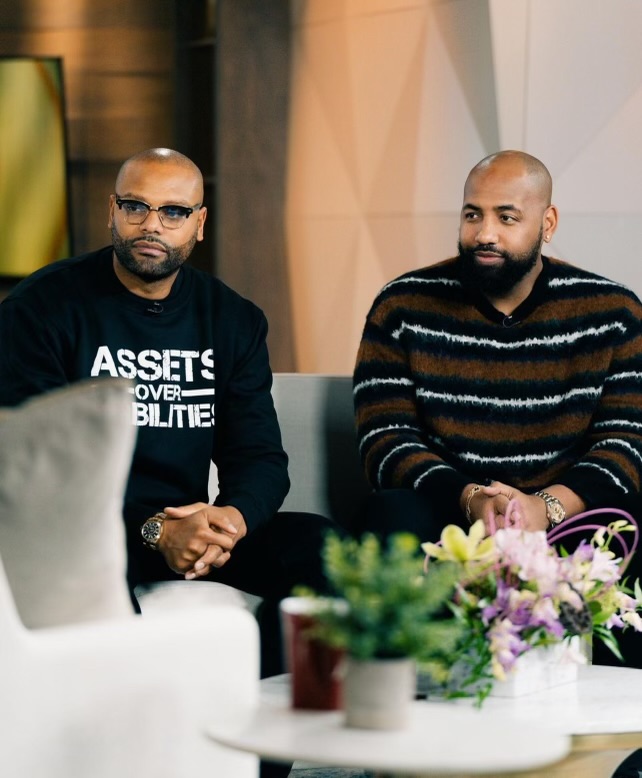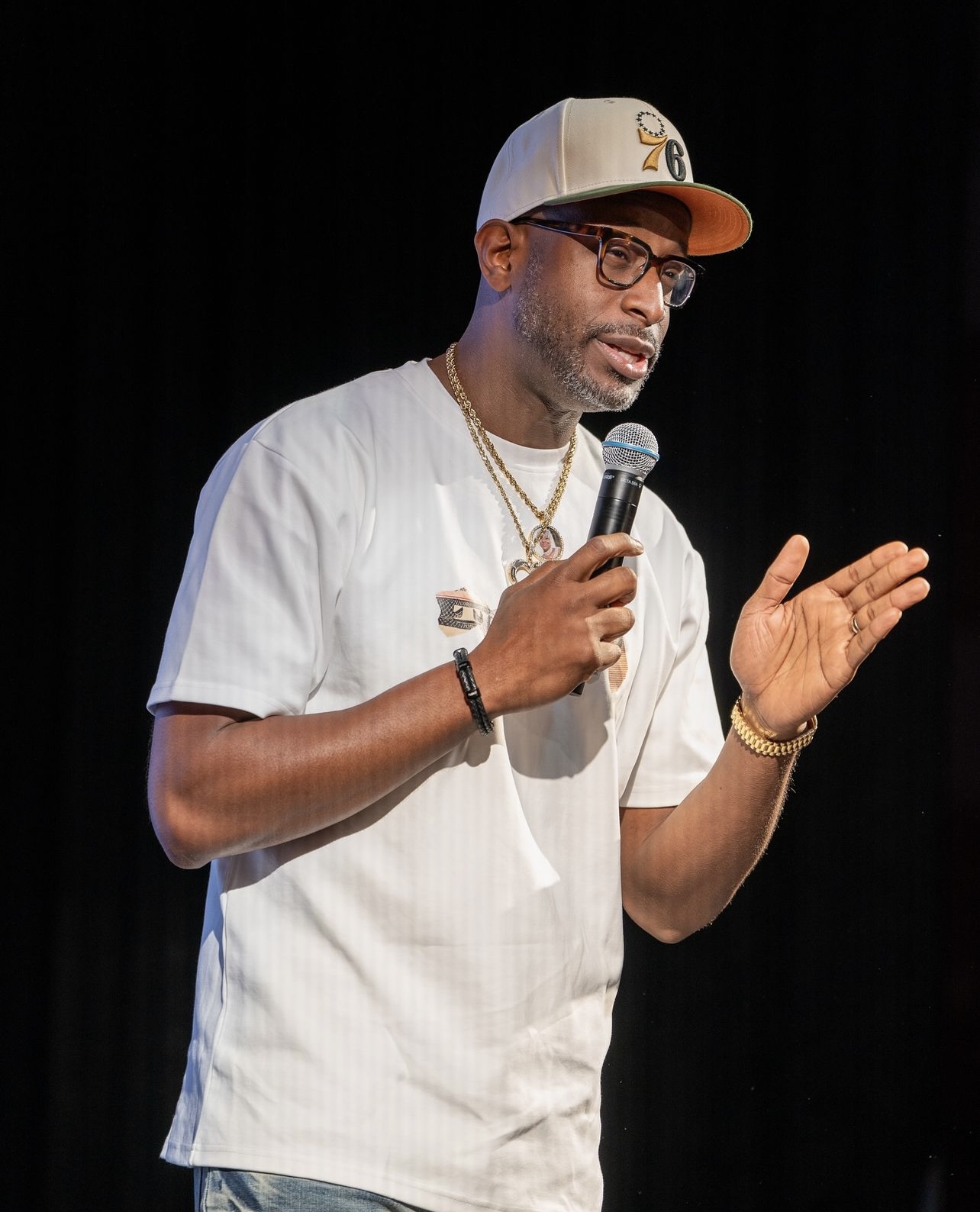The Black Friday shopping event in the U.S. witnessed a record-breaking surge in online sales, reaching $9.8 billion, a 7.5% increase from the previous year. This growth, as reported by Adobe Analytics, indicates a more proactive and strategic consumer behavior, with shoppers keen on maximizing discounts on marquee shopping days.
This uptick in spending signifies a rebound from 2022, a year marked by high gas and food prices. A key factor contributing to the rise in online sales was mobile shopping, accounting for $5.3 billion, influenced by social media advertising and the ease of making purchases via mobile devices.
Despite the overall increase in spending, consumers remained price-sensitive, managing their expenditures amidst the backdrop of last year's record inflation and interest rates. The 'Buy Now, Pay Later' payment method saw significant use, with sales via this method up by 47% from the previous year.
Electronics, toys, and gaming were among the best-selling categories, with discounts playing a crucial role in driving sales. In contrast, home-repair tools lagged in performance. Adobe's data, derived from analyzing one trillion visits to U.S. retail websites across 18 product categories, offers insights into online consumer behavior and trends.
In comparison, in-store sales saw a modest increase of just over 1%, as reported by a Mastercard analysis. This disparity underscores the shifting consumer preference towards online shopping, attributed to the ease of comparing prices and securing better deals.
Retailers have responded to these changing consumer trends by offering higher discount levels and pop-up promotions to attract deal-seeking shoppers. Best Buy and Lowe's, for example, announced increased discounting, while Target and Ulta Beauty introduced limited-time promotions on specific brands and items.
The momentum from Black Friday is expected to continue through the weekend and Cyber Monday, with forecasts predicting significant spending during these periods. However, post-Cyber Monday, a tapering off in spending is anticipated as discounts diminish and dictate buyer behavior.
While late holiday shopping may continue into December, the significant growth surges are primarily concentrated in November and Thanksgiving week, highlighting the importance of these key shopping periods in the retail calendar.






